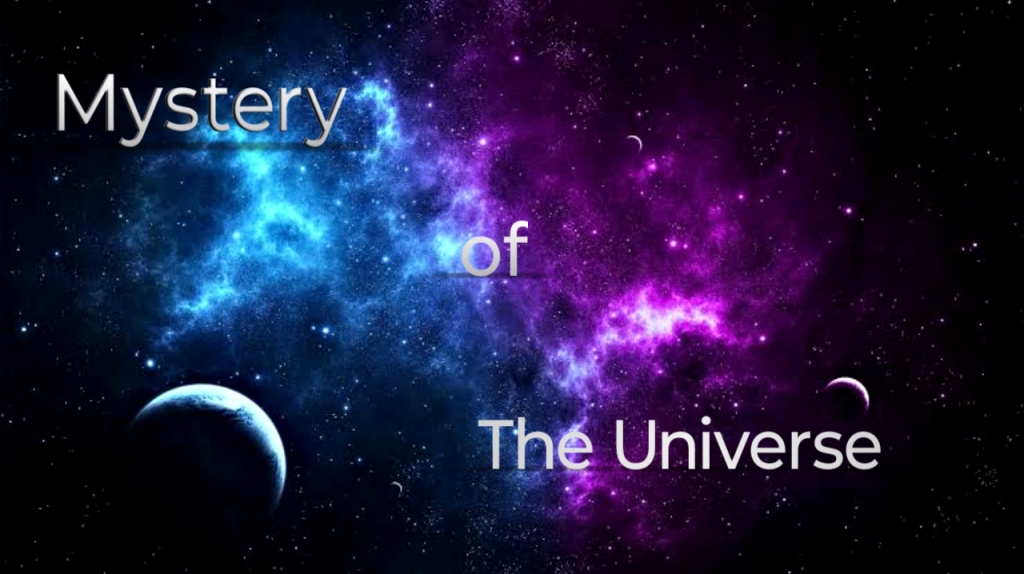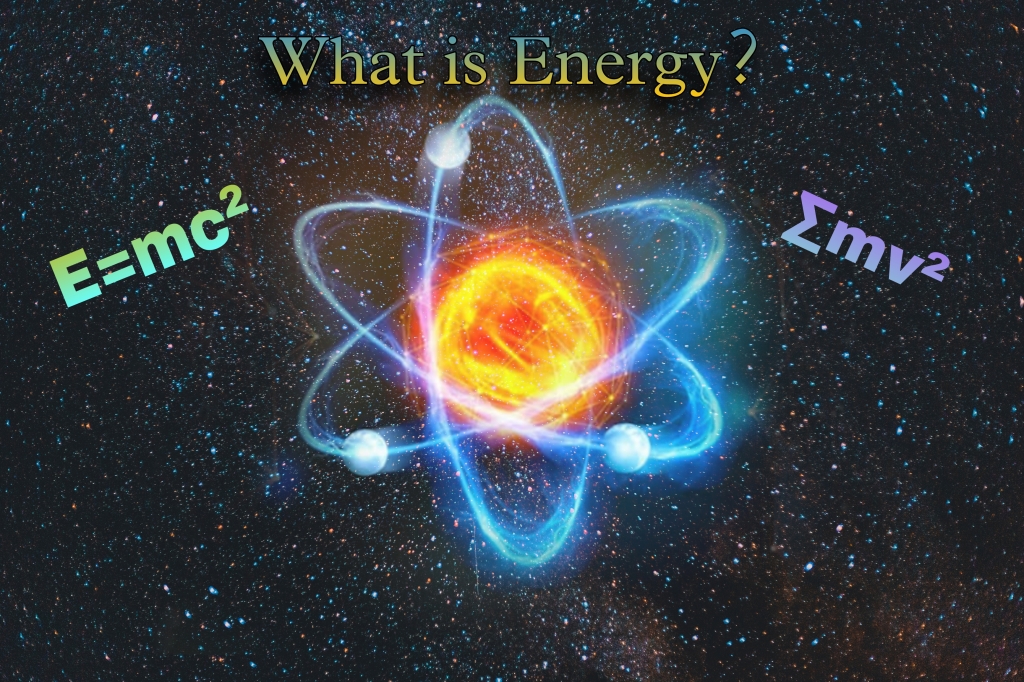HISTORICAL INTRODUCTION TO BLACK HOLES
The term “black hole” was introduced by American physicist J.A.Wheeler, because everything including the light, that went into that astronomical zone wasn’t able to get out and consequently it appear black.
In the 18th century Laplace and Michell hypothesized for the first time the existence of a celestial body provided with a greatest mass that was able to cause an escape velocity greater than the speed of light for which neither light was able to resist the strongest gravitational force generated by the celestial body.
This hypothesis got on with Newton’s corpuscular theory of light but not with the wave theory: on this account the concept of black hole was abandoned. Some month after the publication of General Relativity by Einstein (1916) the black hole was again contemplated because gravitation in GR was considered a geometric variation of the space and not a force.
In 1919 Eddington on the occasion of a total solar eclipse[1] measured the deflection of light coming from a remote star when light passed near the sun. He deduced that in place of the sun a greatest celestial mass should have produced a so great deflection of light that this once gone into the even horizon wasn’t able to get out any longer.
More or less in the same years also Karl Schwarzschild calculated that the black hole should have possessed a greatest mass because the calculus implied a smallest radius of the celestial body (R=2GM/c‚)and consequently in order to have an acceptable value of radius a very great mass was necessary.

FORMATION AND EVOLUTION
It was long questioned whether such objects could actually exist in nature ? or whether they were merely pathological solutions to Einstein’s equations. Einstein himself wrongly thought black holes would not form, because he held that the angular momentum of collapsing particles would stabilize their motion at some radius.
This led the general relativity community to dismiss all results to the contrary for many years. However, a minority of relativists continued to contend that black holes were physical objects, and by the end of the 1960s, they had persuaded the majority of researchers in the field that there is no obstacle to the formation of an event horizon.
Penrose demonstrated that once an event horizon forms, general relativity without quantum mechanics requires that a singularity will form within. Shortly afterwards, Hawking showed that many cosmological solutions that describe the Big Bang have singularities without scalar fields or other exotic matter.
The Kerr solution, the no-hair theorem, and the laws of black hole thermodynamics showed that the physical properties of black holes were simple and comprehensible. Conventional black holes are formed by gravitational collapse of heavy objects such as stars, but they can also in theory be formed by other processes.

WHAT DOES IT TAKE TO MAKE BLACK HOLES COLLIDE?
Like binary stars, binary black holes are two massive objects orbiting each other, with both having the ability to potentially collide—or merge—together, with another shared characteristic being black holes are sometimes born from the collapse of dying massive stars, also known as a supernova. But how binary black holes originated remains a mystery, as there are two current hypothesis regarding their formation: “field binary evolution” and “dynamical assembly”.
Field binary evolution involves when a pair of binary stars explode resulting in two black holes in their place, which continue orbiting each other the same as before. Since they initially orbited each other as binary stars, it is believed their spins and tilts should be aligned, as well. Scientists also hypothesize that their aligned spins indicate they originated from a galactic disk, given its relatively peaceful environment.
Dynamical assembly involves when two individual black holes, each with their own unique tilt and spin, are eventually brought together by extreme astrophysical processes, to form their own binary black hole system. It is currently hypothesized that this pairing would likely happen in a dense environment such as a globular cluster, where thousands of stars in close proximity could force two black holes together.

WHY CAN’T THEY SHRINK ?
A black holes surface area can’t be decreased, which is like the second law of thermodynamics. It also has conservation of mass, as you can’t reduce it’s mass, so that’s analogous to the conservation of energy.
Part 2 will be continued……
Thank you!!




Leave a comment